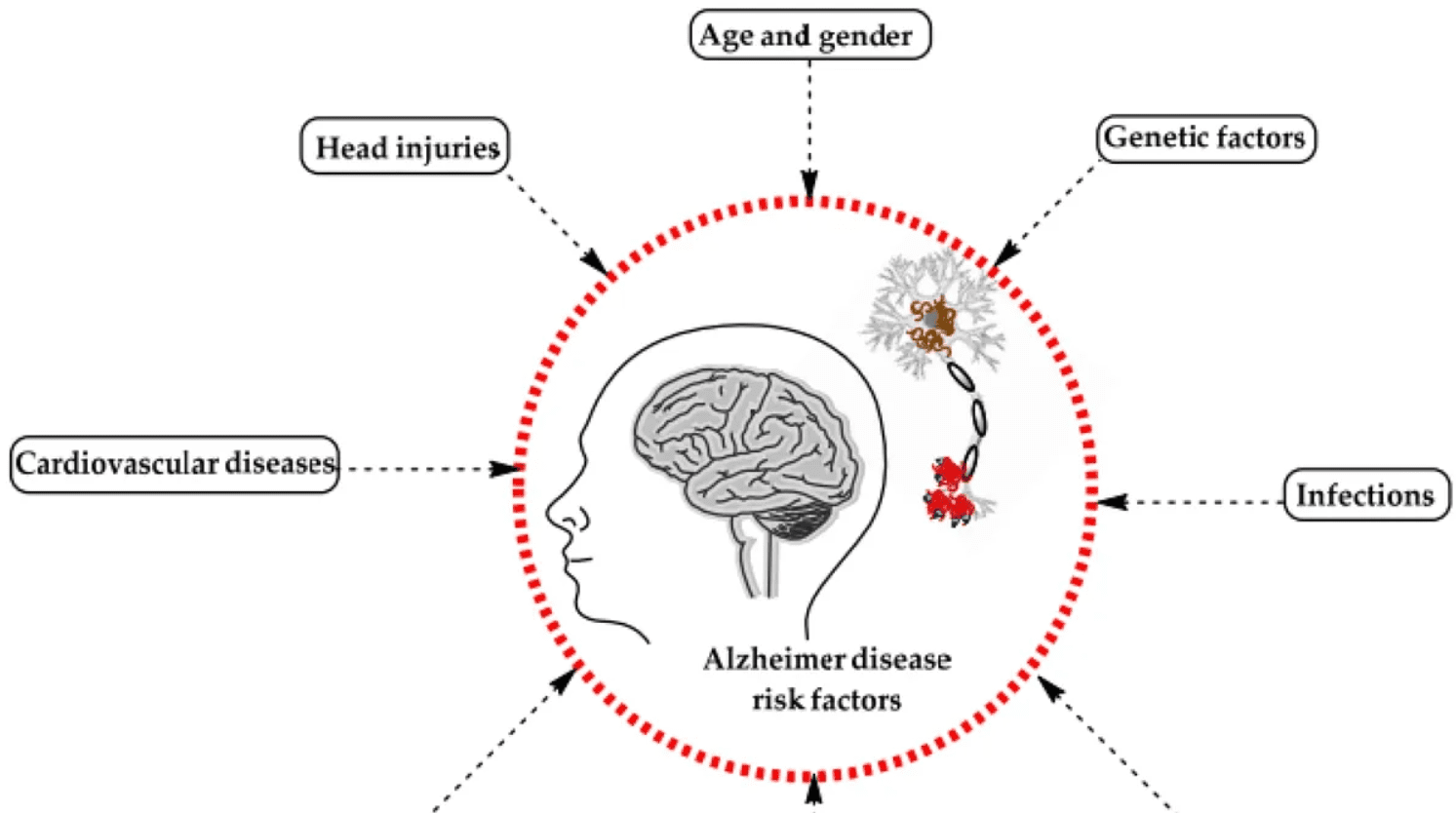In a groundbreaking development, Japan-based Oita University and pharmaceutical company Eisai Co. have unveiled the world’s inaugural machine learning model designed to predict the accumulation of amyloid beta (Aβ) in the brain, a pivotal pathological factor in Alzheimer’s disease (AD).
This revolutionary model leverages data collected from wristband sensors to easily screen brain Aβ accumulation using biological and lifestyle data.
A solution to early detection challenges
Alzheimer’s disease, which accounts for over 60% of dementia cases, is marked by the gradual accumulation of Aβ in the brain. This process commences approximately two decades before the onset of clinical symptoms.
As a response to this pressing issue, there have been efforts to develop therapeutic drugs targeting Aβ, culminating in the approval of a humanized anti-soluble aggregated Aβ monoclonal antibody in Japan.
The effectiveness of such medications hinges on the early detection of Aβ accumulation in individuals with mild cognitive impairment, ideally prior to the manifestation of symptoms. The identification of brain Aβ accumulation relies on expensive and invasive methods such as positron emission tomography (amyloid PET) and cerebrospinal fluid testing (CSF testing).
These tests are limited to select medical institutions and come with considerable financial and procedural burdens. Consequently, there has been a persistent quest for an affordable and user-friendly screening method to identify candidates necessitating amyloid PET or CSF testing.
While previous studies have attempted to predict brain Aβ accumulation using cognitive function tests, blood tests, and brain imaging, this machine learning study represents a pioneering approach centering on “biological data” and “lifestyle data.”
The machine learning breakthrough
The collaboration between Oita University and Eisai Co. has given rise to a pioneering machine learning model capable of predicting brain Aβ accumulation. What sets this model apart is its utilization of data from wristband sensors, a departure from conventional cognitive and imaging tests.
By harnessing biological and lifestyle data, this cutting-edge technology offers a promising solution to the early screening of Alzheimer’s disease.
The role of Amyloid Beta (Aβ)
Amyloid beta (Aβ) is a protein that plays a central role in the development of Alzheimer’s disease. In AD, Aβ begins to accumulate in the brain long before clinical symptoms become evident. This accumulation is a critical pathological factor, making it a prime target for therapeutic interventions.
Detecting Aβ accumulation early is essential for maximizing the efficacy of treatment, as it allows for timely medical intervention to potentially slow down or mitigate the progression of the disease.
Traditional detection methods
Positron emission tomography (amyloid PET) and cerebrospinal fluid testing (CSF testing) have traditionally been the primary means of detecting brain Aβ accumulation. However, these methods present several challenges:
Limited Availability: Not all medical institutions possess the capability to conduct amyloid PET or CSF testing, limiting access to these diagnostic tools.
High Costs: These tests can be prohibitively expensive, making them financially burdensome for many patients.
Invasiveness: The amyloid PET and CSF testing procedures can be invasive and uncomfortable for patients.
The novel approach
The groundbreaking machine learning model Oita University and Eisai Co. developed represents a significant departure from traditional detection methods. By incorporating data from wristband sensors, this approach capitalizes on biological and lifestyle data to predict brain Aβ accumulation.
This innovation promises a more accessible, cost-effective, and non-invasive means of identifying individuals at risk of Alzheimer’s disease.
Various risk factors, including lifestyle and medical conditions such as lack of exercise, social isolation, sleep disorders, hypertension, diabetes, and cardiovascular disease influence Alzheimer’s disease.
While previous studies have primarily relied on cognitive and imaging tests, this machine learning model considers a broader range of “biological data” and “lifestyle data” to enhance its predictive capabilities.





